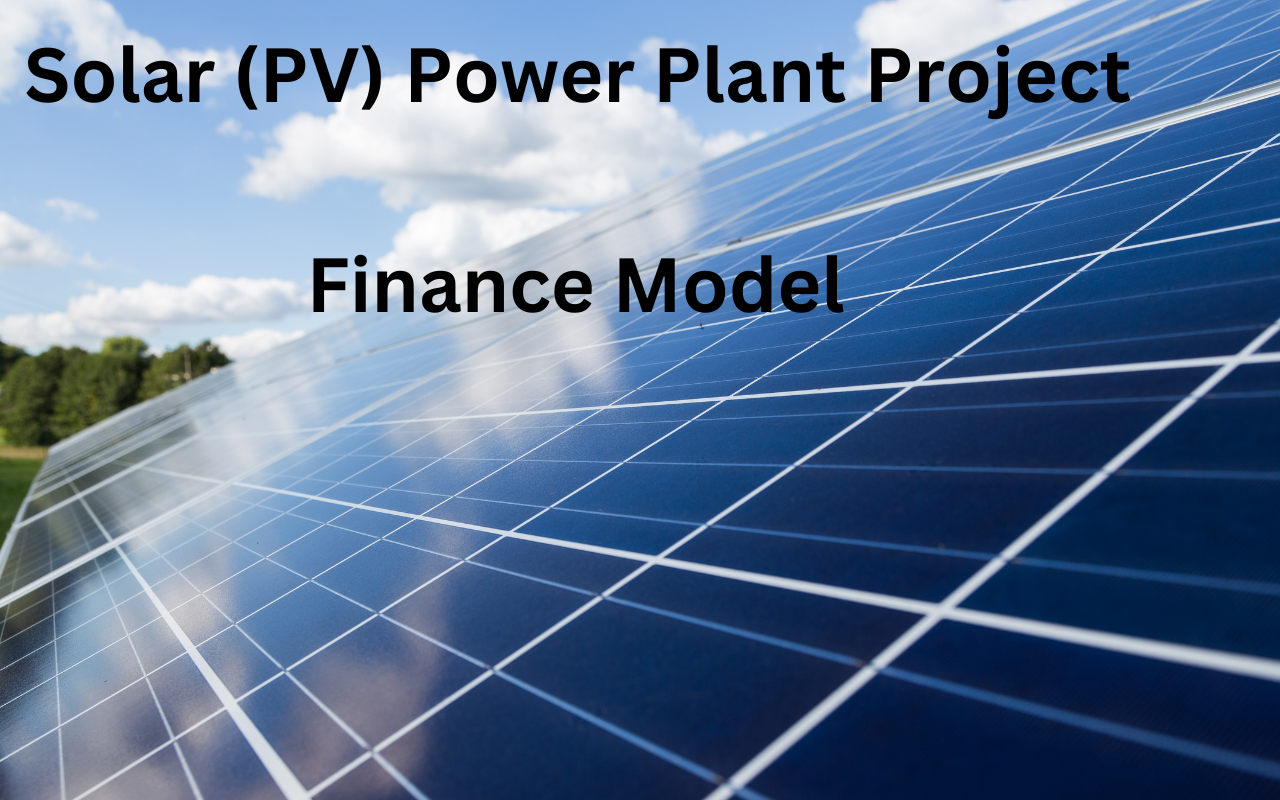Solar power is a growing industry, and with good reason. It’s environmentally friendly, affordable, and reliable. Unfortunately, there are certain challenges associated with solar power that need to be considered before making a decision to go this route. One of the most important factors to consider when deciding on a financing model for a solar power plant project is the payback period. This is the time it takes for you to recoup your initial investment plus interest costs. This can be crucial to know if you’re looking to invest in solar power long-term or if you’re looking for something more short-term. To learn more about the various financing options available for solar power projects, read on!
Background of the Solar Power Plant Project
There are many different financing models for solar power plant projects. One of the most common is the lease-purchase model. Under this model, the solar power plant owner leases land and plants from a third party, who in turn contracts to sell electricity produced by the solar power plant to the grid operator. The terms of the lease are usually somewhere between 10 and 25 years, with an option to extend it for another 5 to 10 years. At the end of the lease term, either party can renew or terminate it.
Under this model there are three main components:(1) ownership of the solar power plant equipment; (2) contract to sell electricity; and (3) grid operator. The ownership component typically resides with the leasing company or financial institution that finances and builds the project. The contract to sell electricity usually resides with a merchant generator or independent power producer (IPP). The grid operator is typically responsible for connecting and distributing electricity to consumers within a specific geographic area.
The financing model for a solar power plant project depends on many factors, including location, size, quality of equipment, anticipated price of electricity from the plant, interest rates, Renewable Portfolio Standards (RPS), etc. Depending on these factors, one of several financing models may be more appropriate: mezzanine finance; debt finance; equity finance; public/private partnership; or tax credit financing.
Advantages and Disadvantages of the Financing Model
The financing model for a solar power plant project can have advantages and disadvantages. The main advantage of using a financing model is that it allows the project to be completed quicker, which can save money. The main disadvantage of using a financing model is that the interest rates are higher than if the project were financed through traditional means such as borrowing money from a bank.
Conclusion
When it comes to financing a solar power plant project, there are a few different models that can be used. The payback period, or the time required for the money spent on the solar power plant to be paid back in full of interest, is one factor that needs to be considered when deciding which model to use. Another important factor to consider is the fixed costs associated with the project — these include things like engineering and construction expenses. Finally, it’s important to take into account ongoing operational costs, such as electricity generation and maintenance fees. By understanding all of these factors, you can choose the most appropriate financing model for your specific solar power plant project. https://motorchili.com/
